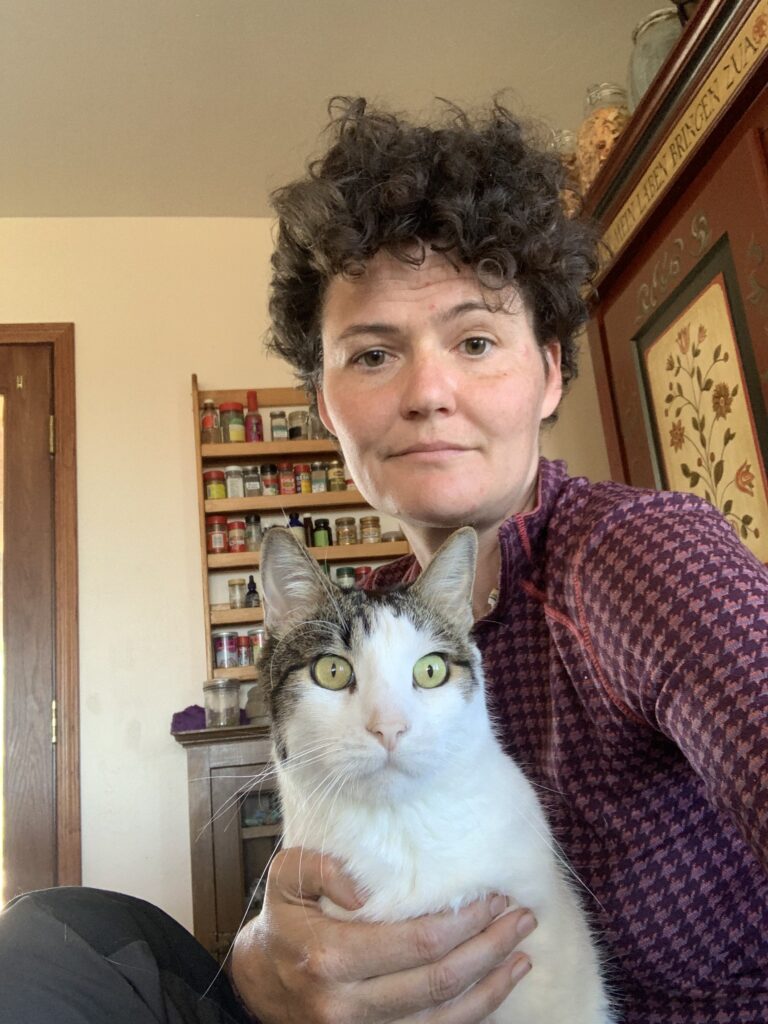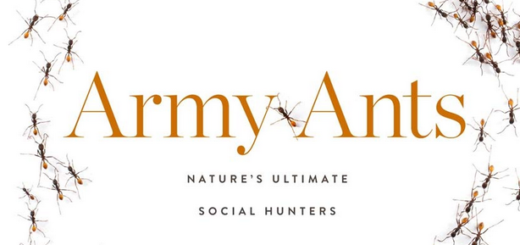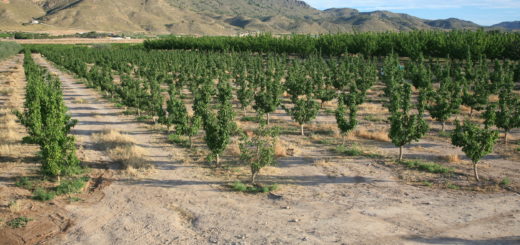Ant-human symbioses: a journey across mythology, art, cinema, and artificial intelligence
In the recent article “Ants (Hymenoptera: Formicidae) and humans: from inspiration and metaphor to 21st-century symbiont” by Aaron M. Ellison and Nicholas J. Gotelli published in Myrmecological News, the authors delve into ant-human symbioses across various topics: be it mythology, movies, cybernetics, or artificial intelligence. They discuss, among others, how ant colonies are perceived today as paradigms of self-assembly and ant-human symbioses. Here, Michele Lanan highlights their main points.
A Review by Michele Lanan

Although we like to think otherwise, science has always been framed within the context of the culture the scientists operate in. Our culture affects the types of questions we ask, how we interpret our results, and how those results are then understood and assimilated back into the broader culture. It is surprisingly easy to overlook these cultural effects as we focus on our research questions, but taking a step back to examine the broader cultural context of our study organism can be a surprisingly rewarding endeavor. Aaron M. Ellison and Nicholas J. Gotelli give an excellent overview of the cultural symbiosis between ants and humans in their paper Ants (Hymenoptera: Formicidae) and humans: from inspiration and metaphor to 21st-century symbiont.
The language used to describe ants and their interactions is the simplest and most obvious example of cultural influence on myrmecology. The authors review anthropomorphic metaphors for ants and the cultural tropes that develop from them. They have included a very interesting quote from Dr. Joan Herbers about the problematic aspects of using baggage-laden metaphors such as “slave-making” to describe ants. There are many reasons to shift away from the use of such inaccurate and sometimes offensive terminology, but more broadly it can be very worthwhile to reconsider the anthropomorphic language and mental short-cuts we use to understand the organisms we study. Relying on metaphors to human behavior can obscure the very different reality of ant-ness and prevent us from framing research questions around the ants themselves, rather than an interpretation based on our own experience.
The authors also delve into aspects of ant biology that seem to be currently en vogue as cultural tropes. The review not only provides a very entertaining list of novels and movies to explore, but also raises some interesting questions about current culture. For instance, there is a wealth of science fiction, movies, and video games showcasing the behavioral control the fungal parasite Ophiocordyceps exerts over its host ant. Indeed, the adoption of an Ophiocordyceps-like parasite as the causal agent in zombie apocalypse type scenarios has become so widespread that it seems to be developing into zombie origin canon. What does this fascination with fungus driven “zombie ants” and zombie apocalypses say about our current cultural moment?
The review of ant-related cultural expression, then, serves as a nice springboard for those of us used to pondering ants in a scientific context, providing us with a much broader assortment of inputs to feed back into our developing ideas. For instance, the mention of Simone Leigh’s 2017 sculpture Trophallaxis prompted me to look up pictures of the work. The sculpture is a bit hard to describe here in text, but it hangs like a cluster of pendulous breasts, lurking on the ceiling like a menacing wasp nest or perhaps presenting itself like an overripe fruit. The work is not a literal depiction of ants, and yet to me it seems to capture an essential something about the honeypot ants I study and keep. What is it about this sculpture that enables it to describe something I haven’t quite been able to put my finger on? When I explain the honeypot repletes to people seeing them for the first time, they almost always remark on the fact that the replete workers barely move for most of their adult life. People seem mildly disturbed by a worker that gives up her mobility to keep her sisters nourished. Is it the way they hang, so still, so taut and engorged, that gives me the same wondering but uneasy feeling as the sculpture? What is it like to be so still, yet so ripe with honey, and so essential to the rest of the colony? The artist, of course, is also expressing ideas that extend well outside the realm of ants, and considering the art only in relation to social insects does it a disservice. But spending the time to ponder this sculpture may eventually help crystalize my currently unformed ideas into testable hypotheses or new perspectives on my study organism. Or perhaps it will reveal anthropomorphic assumptions about the life of repletes that I was previously unaware I was making.
And this, to me, is the major benefit of exploring the wide-ranging cultural symbiosis between ants and humans described in this review, even if it falls outside the boundaries of strict myrmecology. Perhaps I will be spurred on to some interesting, testable question about repletes thanks to the time I spent pondering sculptures and reading science fiction. Perhaps more broadly, embracing and interrogating the cultural feedback produced by our scientific work will give that extra little push needed to break through paradigms and make fascinating advances.
The question raised by the authors at the end of the review deserves our consideration. What does it really mean to fully “become-with” an ant or any other fellow creature? There is a vast chasm between the experience and perspective of an ant (or ant colony) and a human. Yet this review outlines numerous cultural effects of ants on humans, many of them beneficial. The effect of humans on their ant symbionts is less certain. This question of how to actively build mutually beneficial relationships with species that are extremely different from us seems more relevant daily, given how rapidly humans have been changing the world we all share. Tackling this question might yield some truly worthwhile breakthroughs in perspective, both for science and our broader culture.
Featured image: Miniature human cavalry ride an ant in Carlton’s Antasy books. Image from the defunct Illustrated Prophets of the Ghost Ants by author Clark Thomas Carlton and artist Mozchops. Image in the public domain (CC BY-SA 4.0).





A very intriging article indeed…. Marvellous!